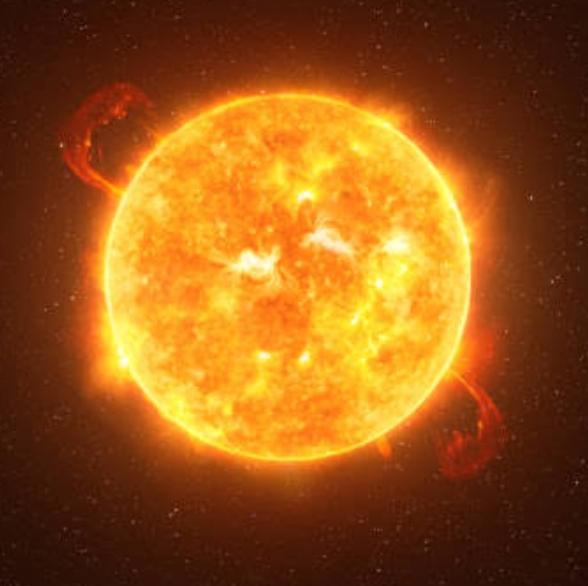The sun, a massive, hot ball of gas primarily composed of hydrogen and helium, is the star at the center of our solar system, providing the light and heat essential for life on Earth.
Here's a more detailed look at the sun:
Central Role:
The sun is the dominant body in our solar system, holding over 99% of its mass.
Energy Source:
The sun's immense energy, generated through nuclear fusion in its core, is the primary driver of Earth's weather, climate, and the existence of life.
Composition:
Primarily composed of hydrogen (about 70%) and helium (about 28%), with trace amounts of other elements.
Structure:
The sun has a complex structure, including the core (where nuclear fusion occurs), the radiative zone, the convective zone, the photosphere (the visible surface), the chromosphere, and the corona (the outermost layer).
Size and Distance:
The sun is about 109 times wider than Earth and is located approximately 93 million miles (150 million kilometers) away from our planet.
Importance to Life:
The sun's energy is crucial for photosynthesis in plants, which forms the base of the food chain and produces the oxygen we breathe.
Impact on Earth:
The sun's heat and light drive weather patterns, ocean currents, and seasons, making Earth habitable.
Solar Activity:
The sun exhibits periods of increased activity, including solar flares and coronal mass ejections, which can affect Earth's magnetic field and space weather.
Age:
The sun is a middle-aged yellow dwarf star, about 4.5 billion years old.

